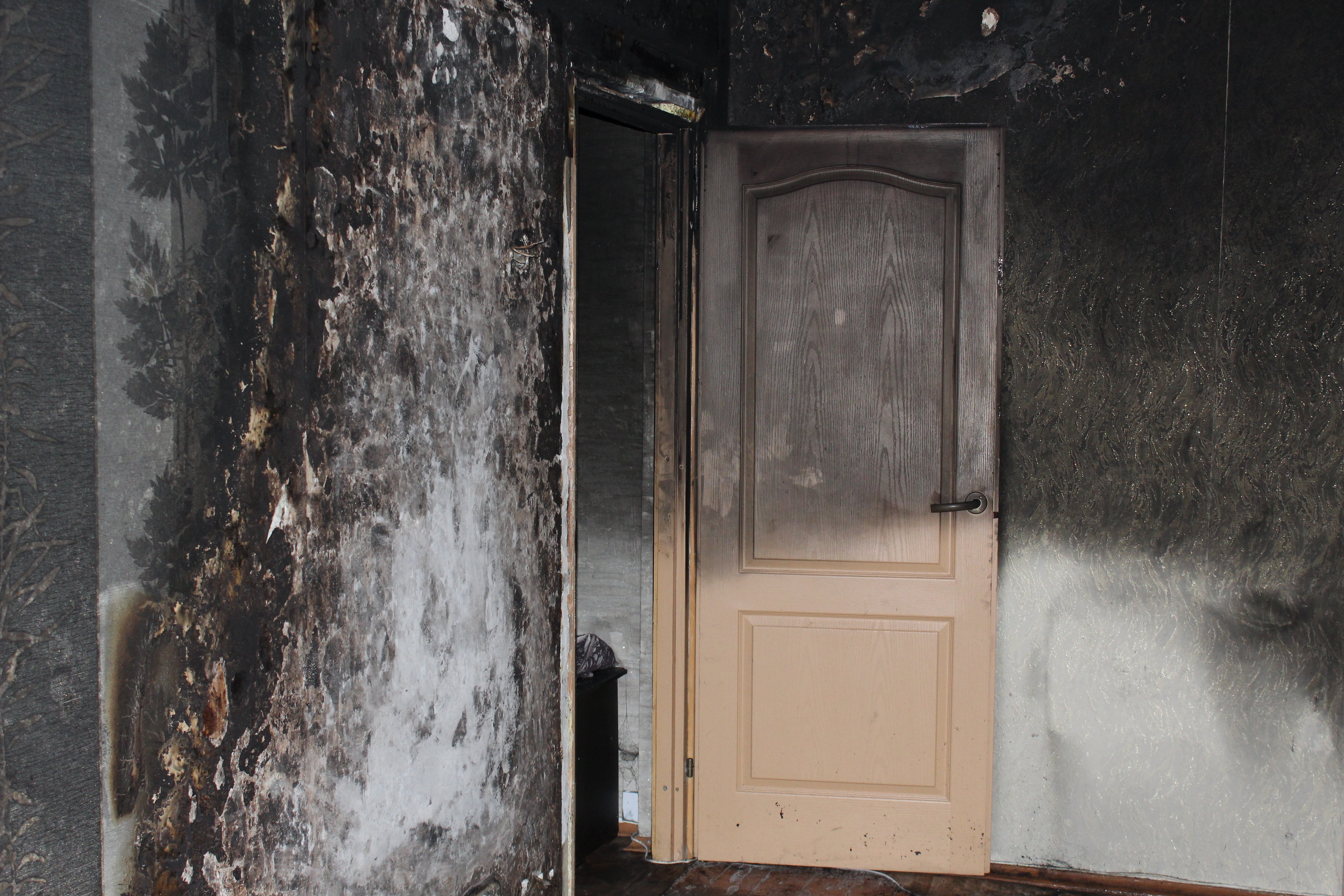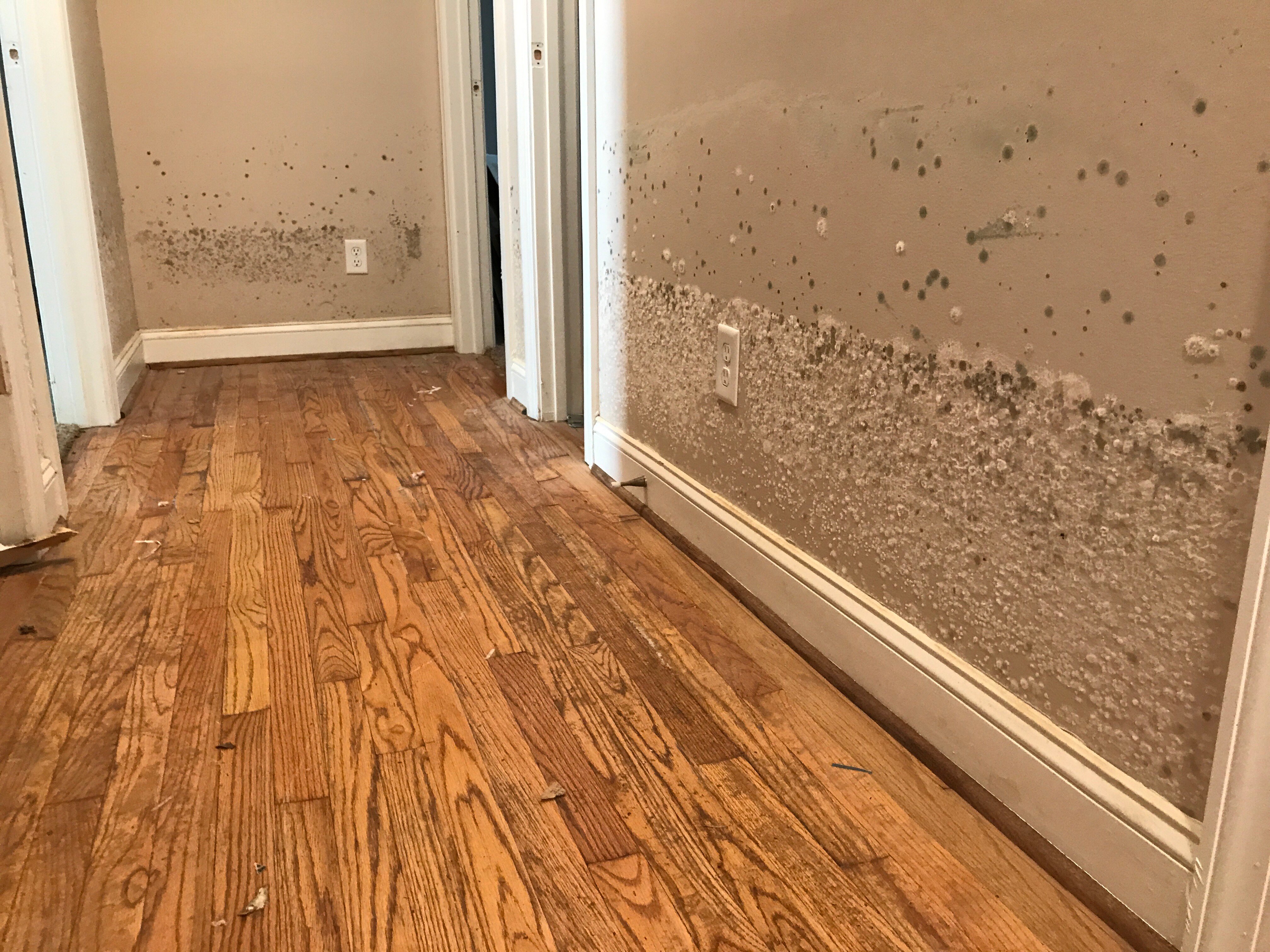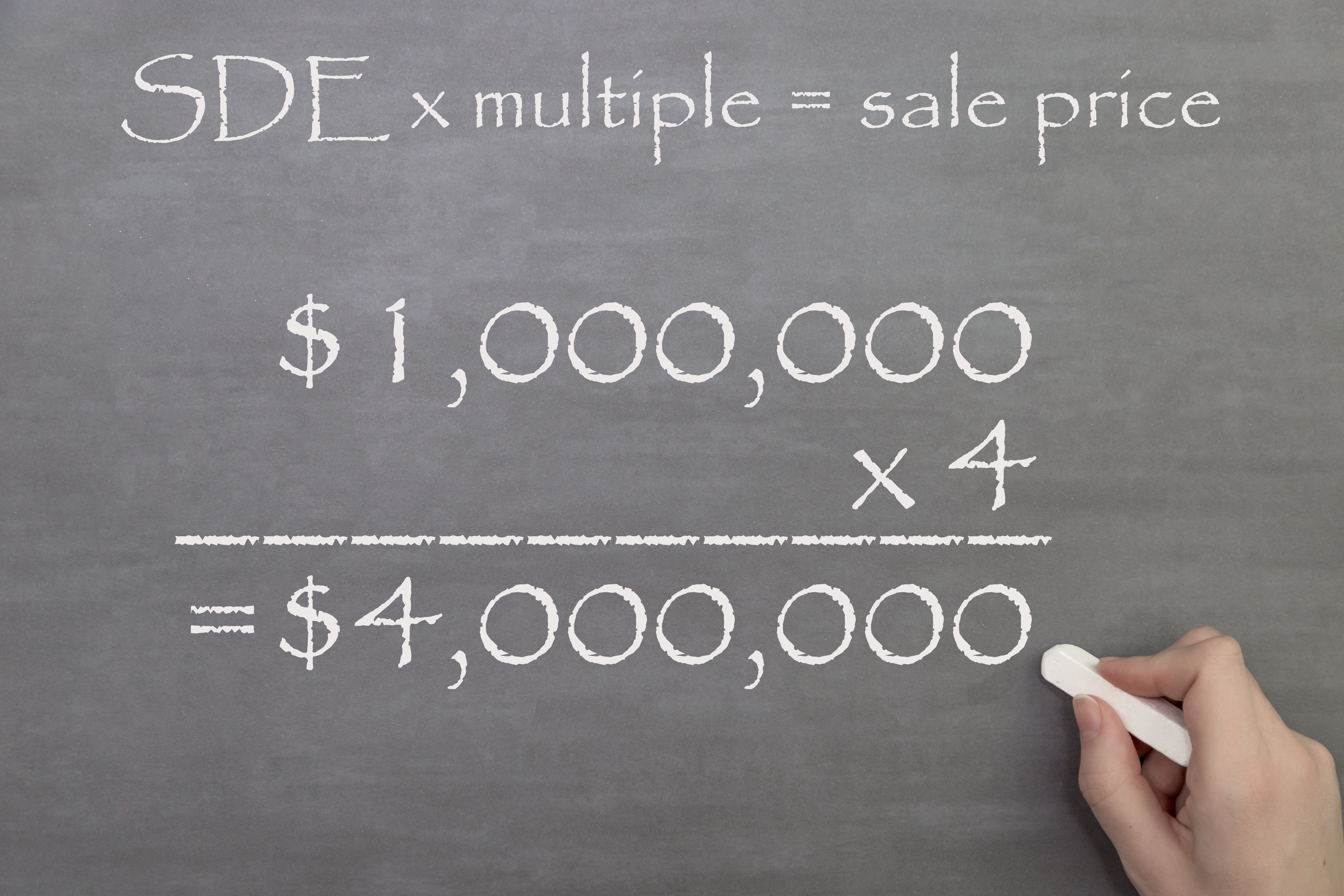How to Value a Disaster Restoration Business (With Example)
Sellers Business Valuation Seller Articles Seller FAQ Valuation
It can be overwhelming getting unsolicited offers for your disaster restoration company - you don’t know the exact value of your business or where to start.
The first step is getting a business valuation.
There are several methods you can use to value your business - the most common method being the multiple of earnings method. At MidStreet, we use this method to value lower middle-market businesses every day.
In today's blog, we will show you how to value your restoration business using the multiple of earnings method- the most common method used to price small businesses.
Let’s jump in.
What Multiple Should You Use to Value Disaster Restoration?
There are two multiples you can use in the multiple of earnings method - SDE or EBITDA. To pick the correct multiple to value your company, you will need to consider factors like the size of your business and the type of buyer that may purchase your business.
For easy reference, you will likely use SDE if your business has under $1 million in earnings and EBITDA if your business has over $1 million in earnings.
If your business has less than $800,000 in earnings, there will be less interest from PEG’s and strategic buyers. Businesses over $800,000 will typically garner more interest from strategic buyers.
Example EBITDA Calculation for Disaster Restoration
To help illustrate how to value a disaster restoration company, we have created an example EBITDA and SDE calculation for a disaster restoration company. Your business might be doing more or less revenue, but the steps are still the same. The comp report below will have the multiples that are applicable to your business size.
Say you own a disaster restoration company that did $5,000,000 in revenue in the last full year. Your company has expenses that total $4,350,000 in the last year.
This means your net income (on your tax return) was $750,000.
You took a salary of $100,000 and had an additional $50,000 in 401k contributions, family vacation spending, and personal gas. Your company also had $100,000 in depreciation and $50,000 in interest expense (included in the $4,350,000 of total expenses).
To find your EBITDA, you will do the following add-backs:
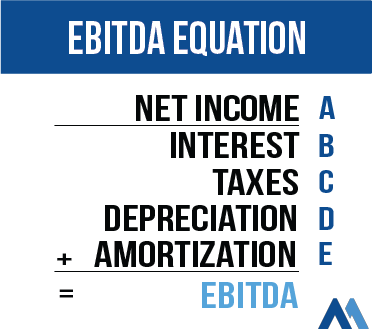
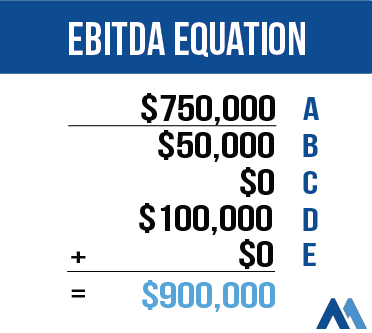
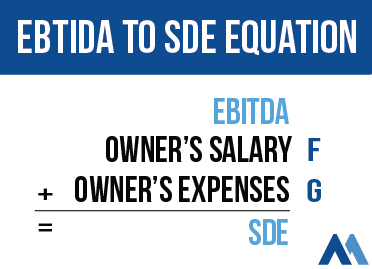
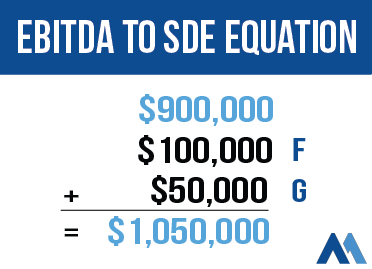
A – This is your business’s net income from your last tax return. It’s easiest to use a tax return because it’s standardized, but you could use a profit and loss statement too.
B – Your interest expense from last year. This is added back because the buyer will have a different amount of interest based on their loans.
C – If your business is an S corporation, LLC, or partnership you will not have taxes to add back. If your business is a C corporation and paid income tax, you can add that back here.
D – Your depreciation expense from last year. This is added back because the buyer will have their own depreciation schedule based on their basis for the equipment.
E – Your amortization expense from last year. Most businesses will not have any unless you purchased a business or bought intellectual property.
F – The owner’s salary is added back ($100,000) - this is your W-2 wages paid to you as a salary. This does not include distributions or profits you received from the business.
G – Your discretionary expenses might include your health insurance, personal gas, cell phone, and any other personal expenses paid by the business.
Common Add-Backs For a Disaster Restoration Business
The categories of add-backs are pretty similar across all industries, but the amount of the add-backs can vary a lot. Common add-backs for most industries are:
- Owner’s salary
- Interest
- Depreciation
- Owner’s health insurance
- Amortization
- Non-recurring expenses
The following add-backs differ slightly in disaster restoration:
Deprecation - In disaster restoration, you may need a lot of equipment and will probably have a large add-back for this.
Interest - If you finance equipment and vehicles, you might have a large interest expense add-back. This is normal in disaster restoration because most companies require regular equipment purchases.
Average Multiple For Disaster Restoration Companies
We pulled comparable sales for 45 disaster restoration companies throughout the United States from 2016 to 2021. You can see the information contained in the comparable sales report below.
To summarize, the average multiple for a disaster restoration company under $500,000 in SDE is 2.81x and the average for companies over $500,000 is 2.96x.
Download Our Disaster Restoration Company Comp Report
There are a few factors that affect the multiple you can apply to your disaster restoration business:
- The size of your business
- Your residential vs commercial revenue
- Your out-of-program vs in-program revenue
- If you are in a growing market
- How strong your management team is
- Your company’s market share
- The level of strategic interest there is
- The type of restoration work you specialize in
If your business is attractive to strategic buyers, you may be able to get a higher multiple for your business because of the consolidation going on in the disaster restoration industry.
Determine The Value of Your Disaster Restoration Business
Even if you do not value your business on your own, knowing which multiple you should use and how you can determine the value of your business is beneficial.
To ensure you get the most accurate value of your business, you should have a certified valuation specialist perform your valuation for you. Learn more about the type of valuation you will need by reading “What is a Business Valuation? (And Which Type Is Right for You).”
To continue learning about valuing and selling your disaster restoration business, read our next article “The Process of Selling Your Disaster Restoration Business.” If you have any questions about selling your disaster restoration company, give us a call today.


